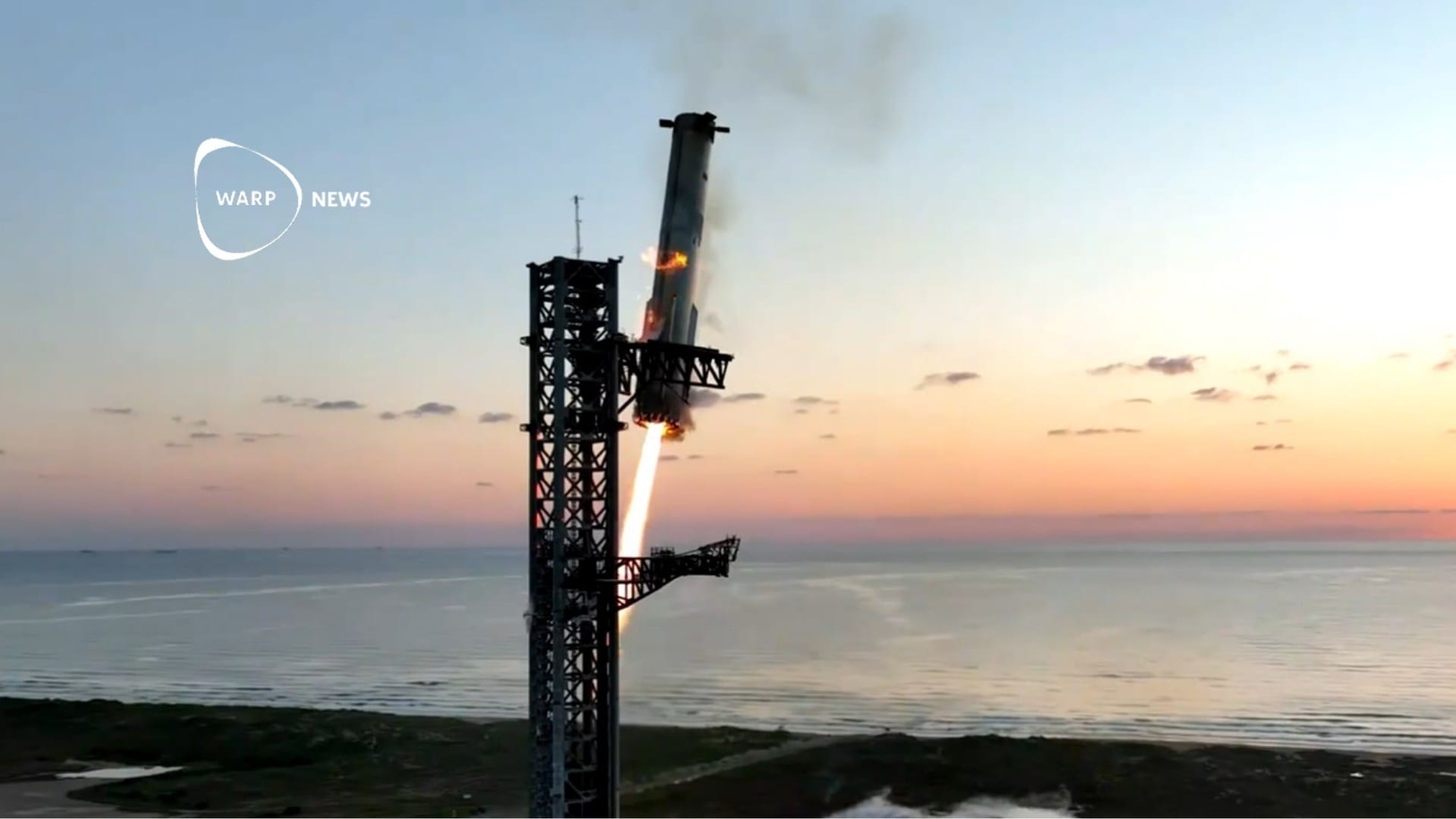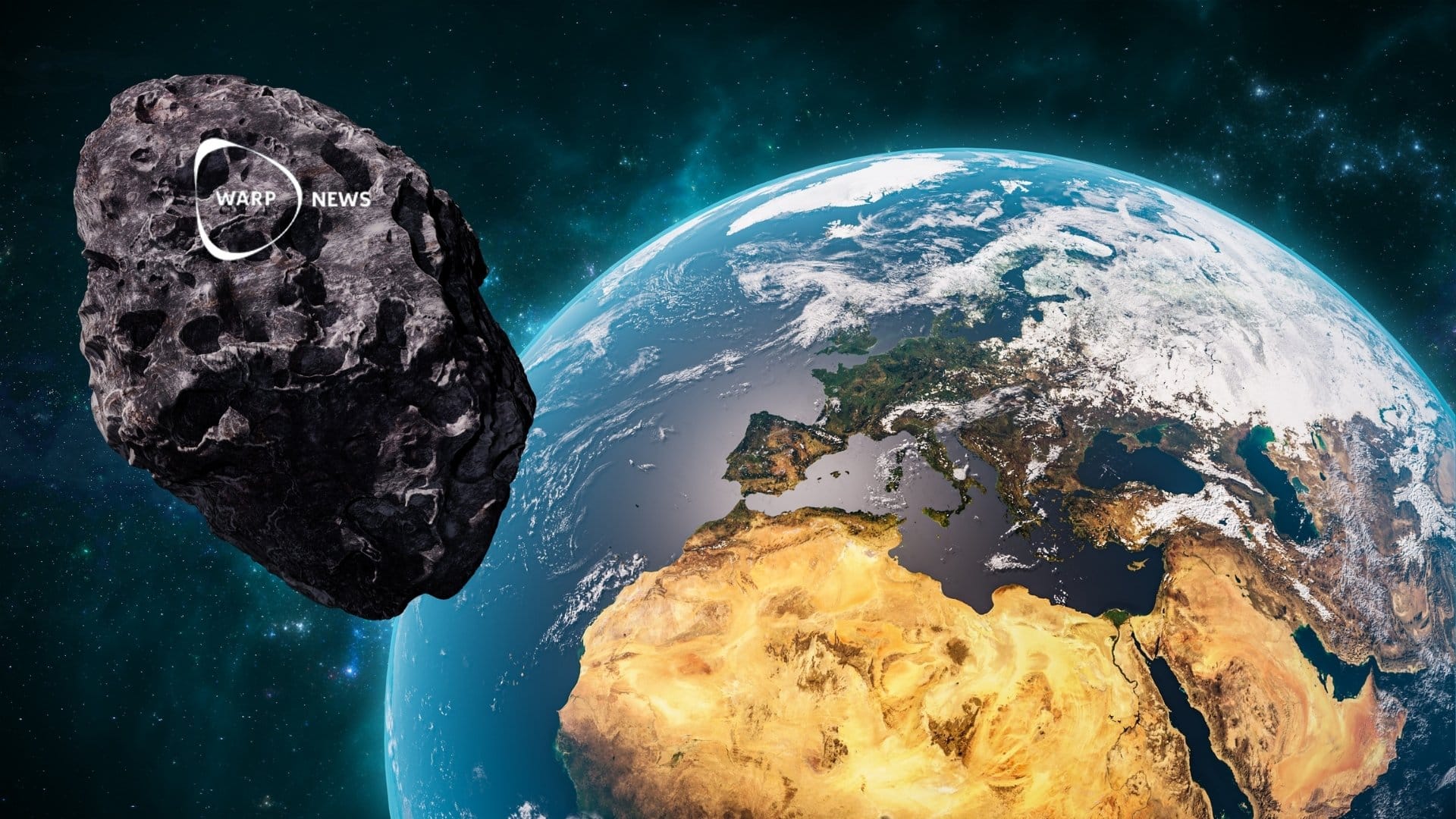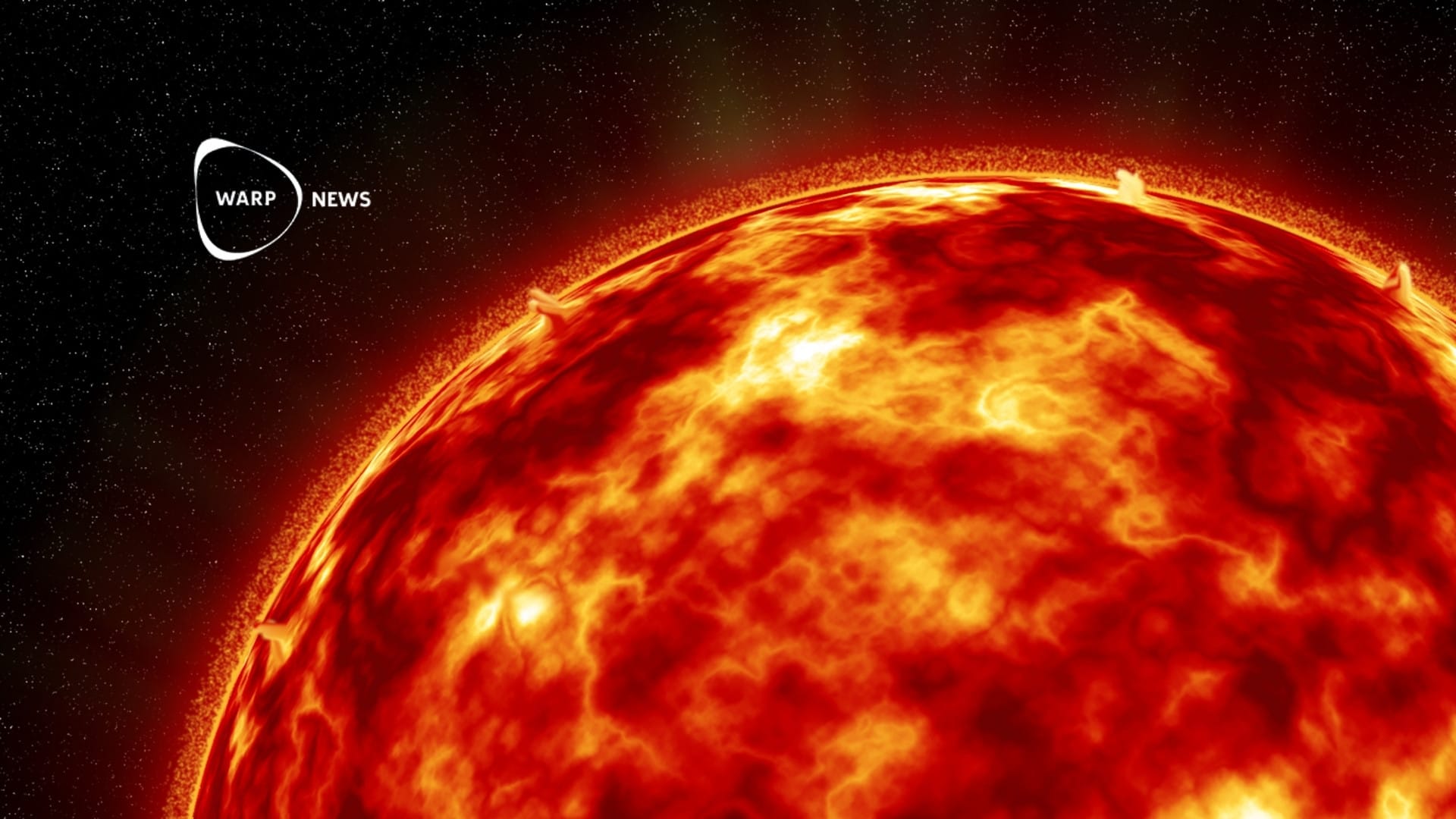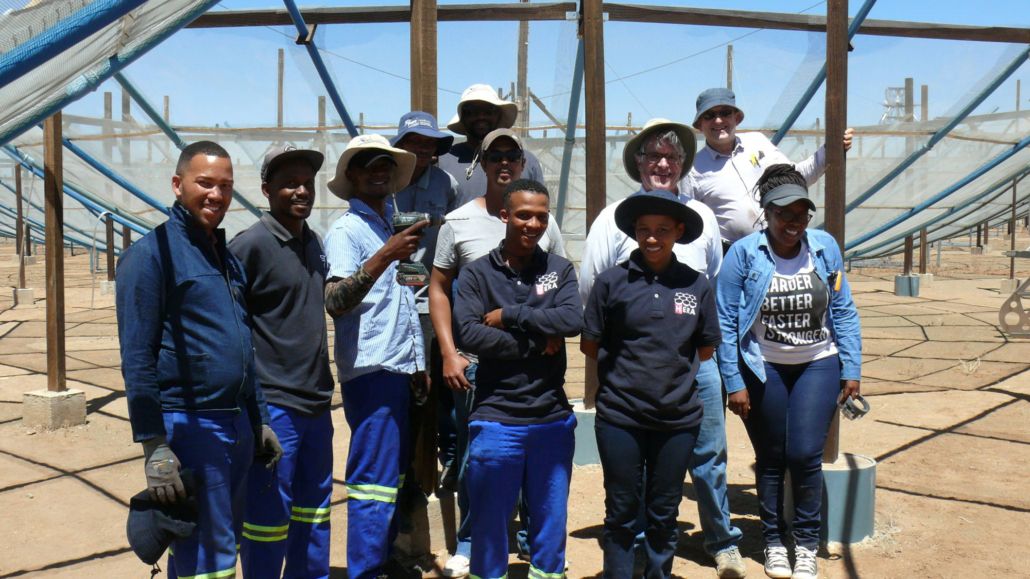
🔭 International telescope project closes its first round
Within weeks, the South African based HERA-project reaches an important milestone. Having completed 350 "dishes" it is laying the foundations of tomorrow's radio astronomy.
Share this story!
With the help of local contractors, the US National Science Foundation and the South African Radio Astronomy Observatory (SARAO) are building a new international radio telescope array in the Karoo region of the Northern Cape Province. The project called Hydrogen Epoch of Reionisation Array’s (HERA) function is to collect earlier data from the universe than has been possible before.
Getting closer to the start
Among other things, HERA seeks to gather information about the development of large-scale structures in the universe during the period known as the Epoch of Reionization (EoR), in which the first stars and galaxies once emerged.
This period started 400-million years after the Big Bang (the event which
created the universe, which is now some 13.77-billion years old), or perhaps even much earlier.
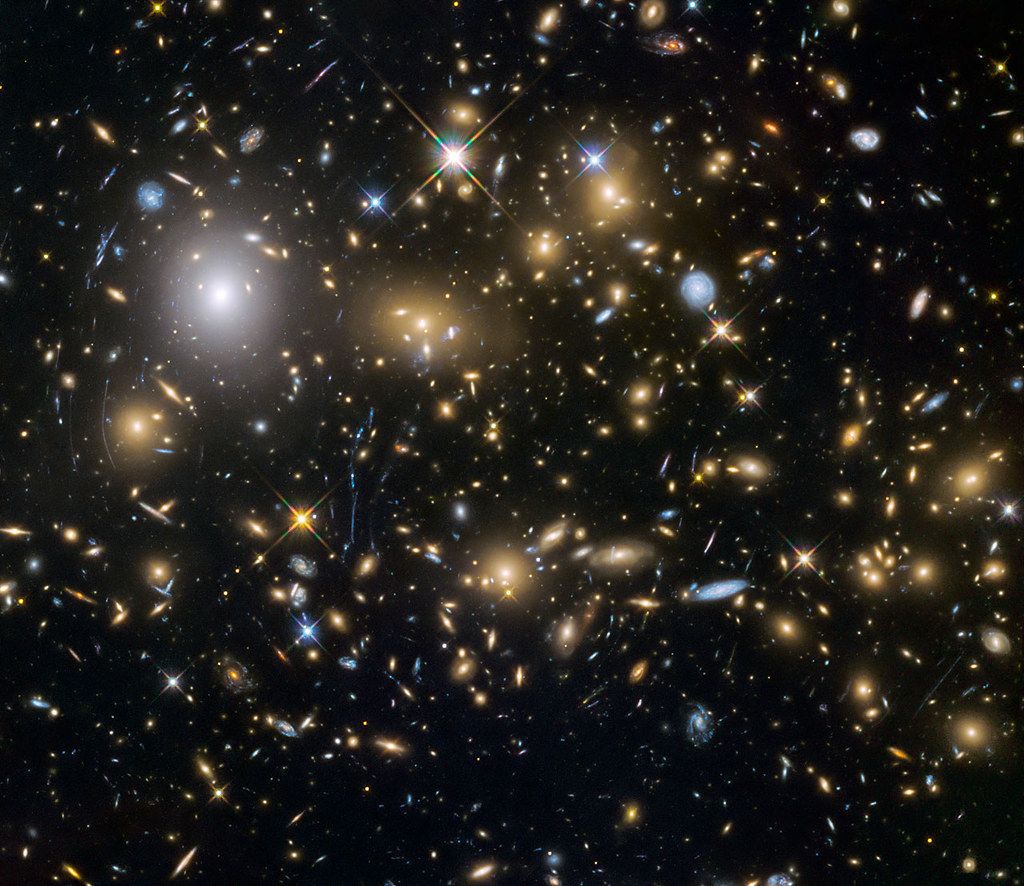
Project engineer Kathryn Rosie says to Engineering News that the project, which was first initiated in 2015, has been set up in phases in order for construction and observation to run parallel:
“Construction of the array is phased in such a way that, as antennas are completed, they are hooked into the telescope data correlation system. This enables observations and early science to be carried out while construction continues.”
332 dishes and counting
The design and construction of the HERA array are deceptively simple for a complex instrument. It is composed of fixed dish antennas, concentrated in a hexagonal grid, 300 m across. Each dish has a diameter of 14 meters and is made from wire mesh stretched between VC pipes, supported by wooden poles. They collect low-frequency radio waves from outer space in the 70 MHz to 200 MHz bands.
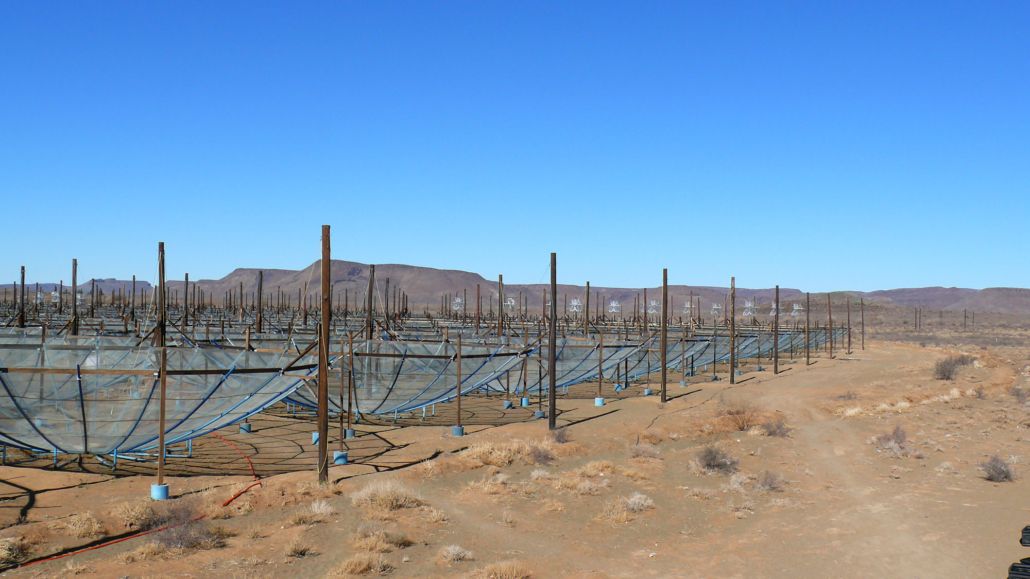
Another HERA engineer, Ziyaad Halday, explains how the project has developed over time. Having started in 2015, it completed 50 dishes in 2017-2018, and as of today, the array encompasses 332 dishes - which will add up to 350 when finalized just within a few weeks.
“Commissioning and construction activities are progressing well, we are currently conducting a logistic and support analysis to ensure smooth operations for the coming seasons in order to facilitate future discoveries,” Halday told Engineering News.
Extensive reach with radio astronomy
With time the HERA project just might be able to answer some of the questions that astronomers have been struggling with, such as the early formation of stars and galaxies. If so, it could be Noble Prize material according to Professor Mario Santos, representing SARAO on the HERA board.
“Even the most powerful optical and infra-red space telescopes like the Hubble Space Telescope or its upcoming successor, the James Webb Space Telescope, won’t be able to look that far back in time. That is one of the reasons why radio astronomy is so important,” Prof. Mario Santos says to Space in Africa.
By becoming a premium supporter, you help in the creation and sharing of fact-based optimistic news all over the world.
